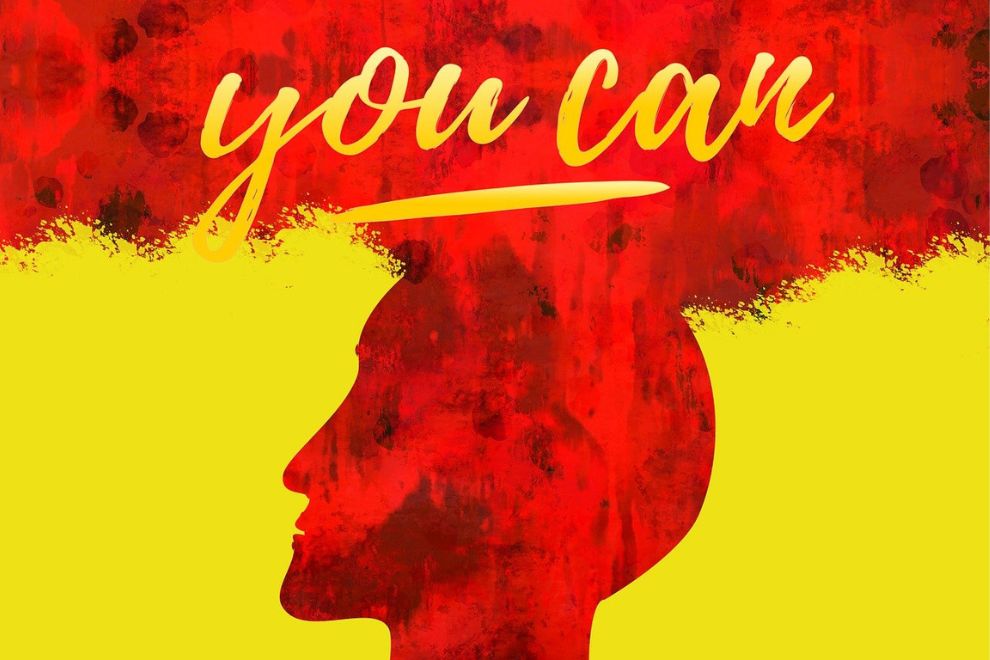Understanding Why Letting Go Hurts So Much — and How to Heal
Heartbreak is not just an emotional event; it’s a deep neurological, psychological, and even physiological response to love lost. Whether it’s a romantic relationship, a friendship, or unresolved childhood wounds, heartbreak often revolves around two powerful forces: attachment and abandonment.
In this article, we explore the anatomy of heartbreak—why it hurts, what’s really going on beneath the pain, and how to begin the journey to healing.
The Science of Attachment: Why We Bond So Deeply
Attachment is more than just love; it’s a survival mechanism. From infancy, we’re wired to form emotional bonds with caregivers. As adults, we extend this attachment system to romantic partners, close friends, and even routines.
When we attach to someone, our brain releases oxytocin (the “bonding hormone”), dopamine (pleasure), and serotonin (stability). These chemicals make us feel safe, happy, and emotionally grounded.
But when that attachment is broken? The brain reacts the same way it would to physical pain. That’s why heartbreak literally hurts.
Abandonment: The Deeper Wound Behind Heartbreak
Abandonment isn’t just about someone leaving. It’s the emotional rupture that tells us, “You are not enough to be chosen, to be stayed for, to be loved.”
Many people carry subconscious abandonment wounds from childhood—absent parents, inconsistent affection, or betrayal. When a breakup or emotional rejection happens later in life, it triggers those old wounds. The heartbreak isn’t just about the person who left—it’s about all the versions of ourselves that felt unwanted.
What Happens During Heartbreak?
Here’s a breakdown of what goes on inside us during heartbreak:
- Neurological Disruption: The brain goes into withdrawal, similar to drug addiction. Love activates the reward system, so losing it causes cravings, obsessions, and mood crashes.
- Identity Crisis: When we attach, we often fuse our identity with someone else. Their departure leaves us asking, “Who am I without them?”
- Emotional Flooding: Guilt, shame, fear, anger, and sadness all collide at once. This overload causes emotional numbness or uncontrollable tears.
How to Heal from Attachment-Based Heartbreak
Healing from heartbreak isn’t just about “moving on.” It’s about rebuilding your inner world.
1. Acknowledge the Wound
Stop minimizing your pain. You’re not “too sensitive” or “too attached.” Your body and brain are grieving a real emotional loss.
2. Reconnect with Self-Identity
Begin doing things that remind you who you are outside of the relationship. Rediscover passions, friendships, and goals that got buried under attachment.
3. Break the Fantasy Loop
Often, we don’t grieve the person—we grieve the idea of them. Write down the reality vs. the fantasy. Accept the truth: if they were right for you, they’d be here.
4. Heal the Root (Not Just the Symptom)
Explore whether past abandonment wounds are being triggered. Therapy, journaling, and inner-child work can help you go deeper.
5. Practice Safe Emotional Attachment
In future relationships, notice whether your love is coming from need or choice. Healthy love comes from abundance, not desperation.
Turning Pain into Power
Heartbreak, while brutal, is also sacred. It shows us our capacity to love, to hope, and to feel deeply. But more importantly, it shows us where we need to love ourselves more fiercely.
By understanding the roles of attachment and abandonment in heartbreak, we don’t just survive the pain—we transform through it.
Your healing isn’t just about forgetting someone. It’s about remembering yourself.




